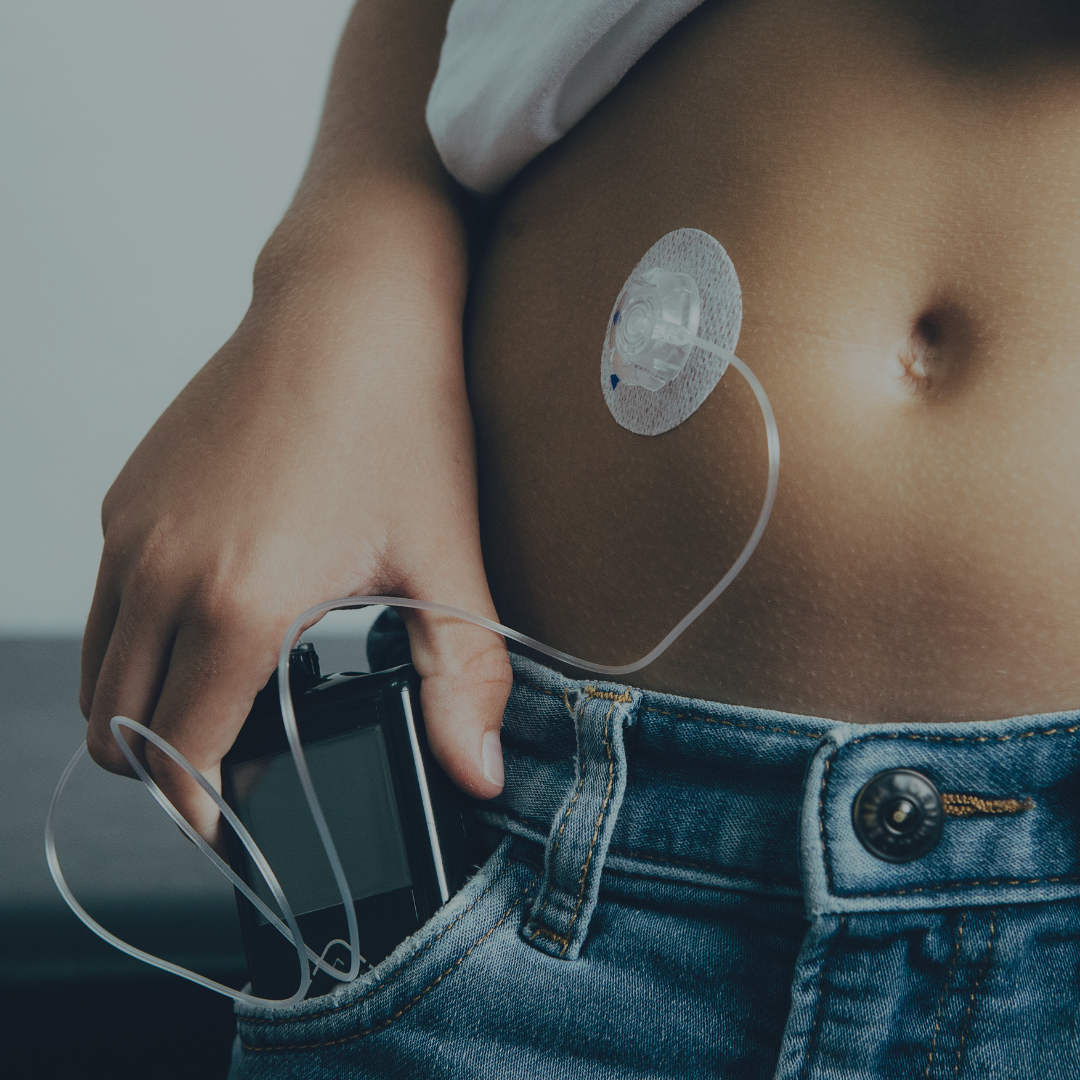The adrenal glands are located at the top of the kidneys and produce a variety of hormones that help regulate essential bodily functions including the immune system, metabolism, blood pressure and how the body response to stress. When your adrenal glands don’t produce enough or produce too much of these hormones, adrenal disorders can occur.
We asked board certified endocrinologist Dr. Jean Chen to provide her insights on some of the top questions around adrenal disorders.
What are adrenal disorders?
Adrenal disorders are a category of diseases that are due to dysfunction of adrenal glands. This is where the glands may over or under produce certain adrenal hormones.
What adrenal disorders are treated at Texas Diabetes and Endocrinology?
There are several adrenal gland disorders that can range from temporary concerns to chronic conditions. We see patients with:
- Cushing’s Syndrome – Occurs when your body makes too much cortisol (sometimes referred to as the “stress hormone”) over a long period of time
- Hyperaldosteronism – Occurs when the adrenal gland produces excess aldosterone
- Pheochromocytomas – Tumors that grow from chromaffin cells, which are found in the adrenal glands
- Congenital Adrenal Hyperplasia –Adrenal glands do not function properly due to genetic defects
- Addison’s Disease/Adrenal Insufficiency – The adrenal glands aren’t making enough of certain hormones
- Adrenal Incidentalomas – Tumors located in the adrenal glands
What are the symptoms of adrenal disorders and when should you contact a healthcare provider?
There are a large range of symptoms that can occur due to adrenal issues. You may see unexplained weight changes, blood pressure abnormalities, frequent sickness or fatigue, or weakness. You should contact your healthcare provider if you have any of these symptoms.
How are adrenal disorders diagnosed?
A patient’s history and examination will help determine the blood and urine tests we ordered to look adrenal hormone levels. If the results are abnormal, additional imaging tests including CT or MRI scans may be recommended.
How are adrenal disorders treated at Texas Diabetes and Endocrinology?
Once a diagnosis is made, our adrenal experts can help tailor a treatment plan that fits best for the patient. Depending on the type of adrenal gland disorder, treatment can include medication, radiation therapy, or surgery.
If you think you may have an adrenal disorder, contact your healthcare provider immediately. These conditions can be serious if left untreated.
If you’d like to learn more about our full range of endocrine services, please call Texas Diabetes and Endocrinology at (512) 458-8400 or request an appointment online.
Don’t forget to follow us on Facebook and Instagram and check back with us each month as we provide you helpful wellness and health information.





